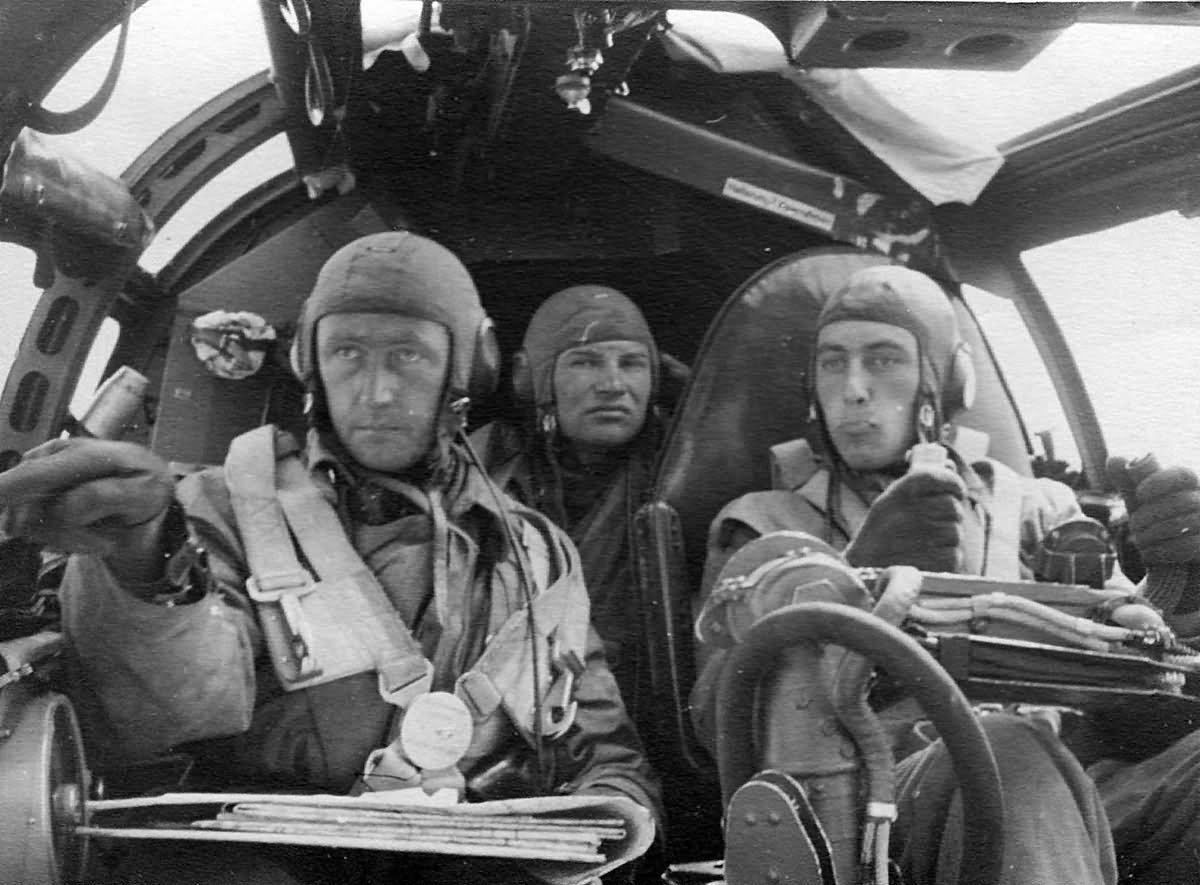The Heinkel He 111H cockpit is most notably distinguished by its round, fully-glazed nose, a design that became characteristic of the bomber during its wartime production. This “fishbowl” or “glasshouse” nose replaced the earlier “stepped-cockpit” configuration found on previous He 111 variants.
Key Features and Design:
- Glazing and Visibility: The forward fuselage, from the pilot’s seat to the nose, was almost entirely glazed. This extensive glazing included curved panels on the upper portion and optically flat panels on the lower part. This design provided excellent visibility for the crew, particularly for the pilot and bomb-aimer. However, this extensive glass also offered little protection against flak or frontal fighter attacks, a known vulnerability. The cockpit’s typical asymmetric shape resulted from the bomb-aimer’s and nose machine-gun positions being shifted to the starboard side to give the pilot an unobstructed view.
- Pilot’s Position and Controls: The pilot’s instrument panel and controls were prominent within the cockpit. A notable feature on all He 111s was that the control column could be swung over to the right in an emergency. An adjustable window was located above the pilot’s seat. Cloths could be draped over the pilot’s windows to prevent blinding by searchlight glare during night missions.
- Navigator/Bomb-Aimer’s Position: The navigator/bomb-aimer’s folding seat was located alongside the pilot. For bombing runs, the bomb-aimer would vacate this seat and lie prone in the nose compartment. This position also facilitated bomb aiming using devices like the Lotfe 7D bombsight.
- Crew Positions: The standard crew for the He 111H was five. This typically included the pilot, navigator/bomb-aimer, wireless operator/upper gunner, flight engineer/ventral gunner, and sometimes an additional camera operator/gunner. All crew members were instructed to use the radio/telephone (R/T) only when strictly necessary during missions.
- Internal Compartments: The cockpit area also housed the radio operator’s compartment. Crews could also siphon fuel from the machine’s wing tanks for external use and unload supply containers, including mail sacks, from the bomb bay, or ammunition canisters.
- Armament Integration and Evolution:
- Nose Gun Position (A-Stand): Early He 111H series aircraft, like the H-2, featured an additional MG 15 machine gun in the nose. The He 111H-3 often had two 7.92mm MG 15s in the nose. Later versions, such as the He 111H-11, could carry a 20 mm MG/FF cannon in the nose gun position. The MG FF cannon was mounted at the front fuselage, with the bomb aimer operating it. Defensive armament was constantly strengthened during the development of the He 111H.
- Dorsal Gun Position (B-Stand): The dorsal gun position, initially exposed, was later fully enclosed and given better protection. The 7.9mm MG 15 typically found here was replaced by a 13mm MG 131 on later H-series models, such as the H-11. Electrically-operated dorsal turrets for the 13mm MG 131 were featured on aircraft like the H-21.
- Ventral Gun Position (C-Stand): The ventral gun position, which was initially a retractable “dustbin”, evolved into a long fairing encompassing a prone gunner. On the H-11, its single MG 15 was replaced by a twin-barrel MG 81Z. The ventral gondola was modified to a long fairing enclosing a prone gunner in the He 111H-1 and H-2 variants.
- Side Beam Positions (D-Stand): The H-series also featured beam positions with MG 15s in the fuselage sides.
The He 111H’s cockpit evolved significantly, moving from a “stepped” design to the iconic “fishbowl” nose, enhancing crew visibility but necessitating continuous upgrades to defensive armament due to its vulnerability.
